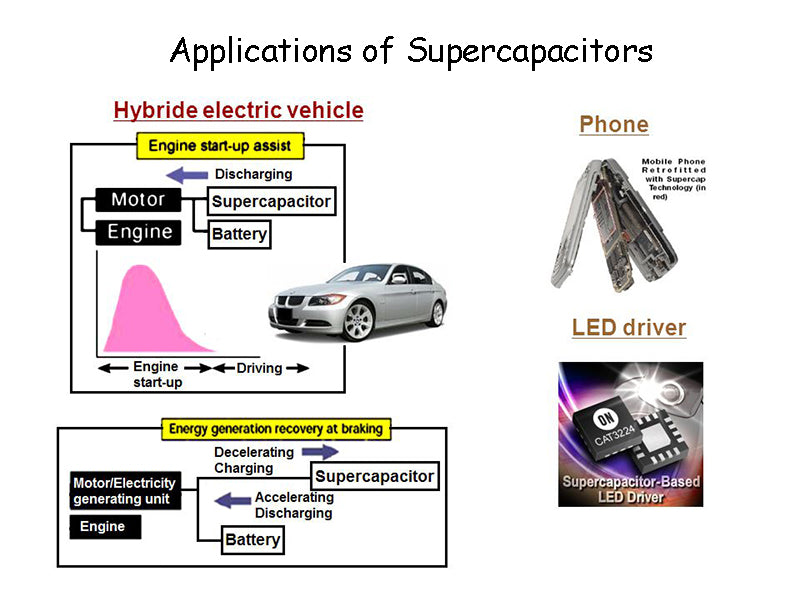
Main content:
1.Overview of Applications of Supercapacitor
There are three main classification criteria for the applications of supercapacitor, namely energy density, power density and life (number of charge and discharge cycles).
The energy density of supercapacitors is lower than that of batteries. Therefore, there are few applications of supercapacitor as the sole power source. However, due to the advantages of supercapacitors in terms of power density and life, the applications of supercapacitor is suitable for any occasions where the energy demand is not high, but the battery cannot meet the instantaneous power demand.

The applications of supercapacitor can be divided into two categories. The first type of applications of supercapacitor is as a standalone power source, charged by short-term power spikes. The second type of applications of supercapacitor is as an auxiliary power supply. This application is more common, and the supercapacitor is jointly supplied with other main power supplies. In the second type of applications of supercapacitor, the function of the supercapacitor is to make up for the shortage of the main power supply in terms of output power. Therefore, any hybrid system application should belong to the applications of supercapacitor.
2.Applications of Supercapacitor: Mains Power
Due to the low energy density, the applications of supercapacitor as the main power source is very rare. However, we can still cite two typical use cases.
The first type case for applications of supercapacitor is related to the starting of internal combustion engines. In this type of applications of supercapacitor, the energy requirement is not important, the supercapacitor is mainly used to provide the instantaneous high power required for starting. In addition, the high number of cycles of the supercapacitor corresponds to the life of the internal combustion engine, which is a clear advantage compared to the battery, especially considering the maintenance cost of the battery.
The second type of applications of supercapacitor is related to the reliability of the power supply of the device. That is to say, the supercapacitor provides energy support for the system during short-term power outages. The most typical application is a computer. The energy provided by the supercapacitor should at least ensure normal shutdown, which usually takes several minutes to tens of minutes. The main advantages of using supercapacitors compared to batteries are long life, maintenance-free, and fast charging after the power grid is restored.
Such applications of supercapacitor also include pitch control systems in wind power generation. When the power supply of the control system is interrupted, the super capacitor can ensure that the fan controller can adjust the angle of the blades to avoid the invasion of strong wind and achieve the purpose of protecting the fan. In the such applications of supercapacitor, both the energy storage and power output capabilities of the supercapacitor are important parameters to be considered. The high cycle times and maintenance-free characteristics of supercapacitors are obvious advantages, but the disadvantage is the large leakage current, so their state of charge must be monitored and maintained.
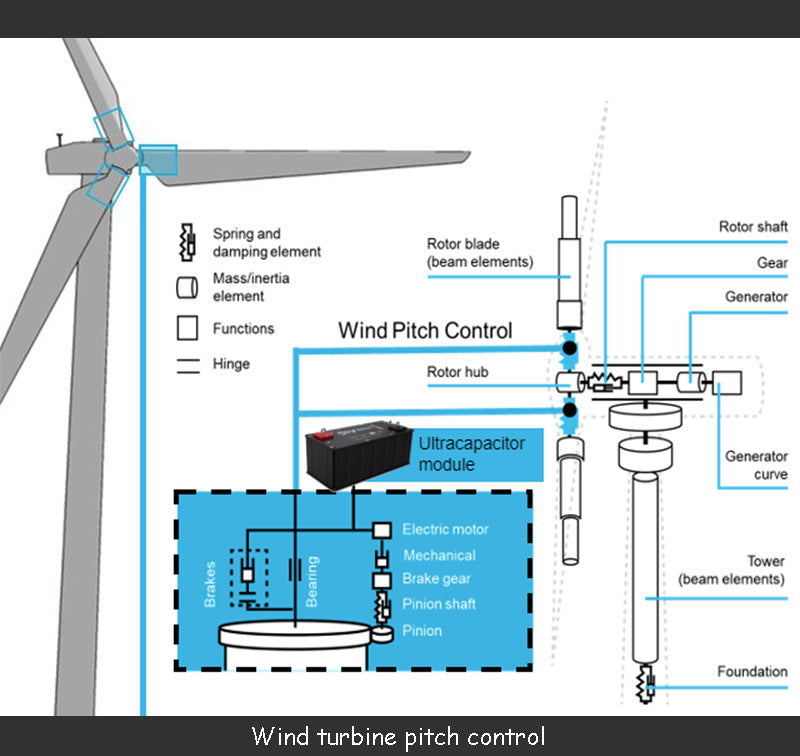
3.Applications of supercapacitor: hybrid power systems
A hybrid power system generally consists of two parts, each of which provides power to the system in a complementary manner. Ideally, each part should be able to work at rated operating conditions.
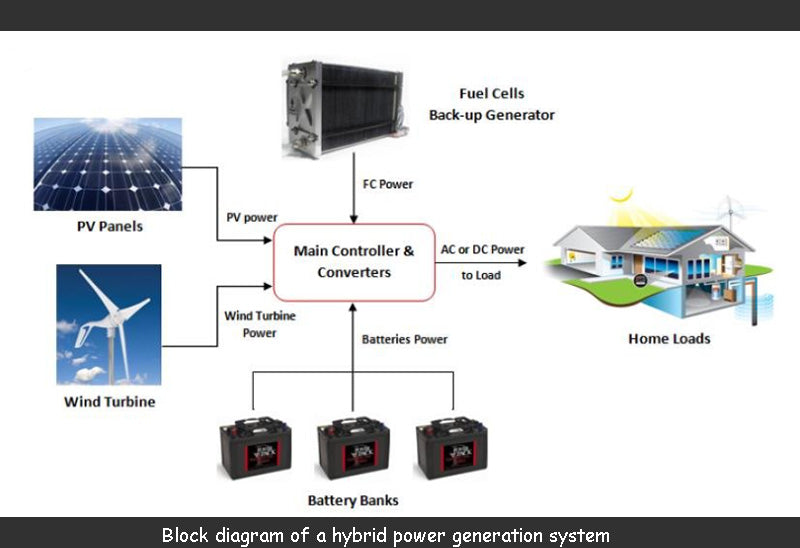
In the hybrid power supply system of applications of supercapacitor, the reason for using supercapacitor is its high power density and long cycle life. As an auxiliary power supply, it can well meet the high power demand in practical applications, or the demand for smoothing power fluctuations. The main power source of the system can be the main grid, battery, internal combustion engine or fuel cell, etc. These applications of supercapacitor cases all have one thing in common, that is, the mains supply is used to meet the energy requirements of the system, and the ultracapacitors are used to meet the power requirements.
Hybrid power systems using supercapacitors as auxiliary energy have a wide range of applications.
In low-power applications of supercapacitor, such as in cameras or video cameras, supercapacitors are used in conjunction with batteries to reduce the many adverse effects on the battery and extend its life.
For tens of kilowatt applications of supercapacitor can replace braking resistors in elevators. In the application of this type of supercapacitor, the supercapacitor needs to have a certain energy storage and power output capacity to reduce the adverse impact of the elevator on the power grid during the lifting and lowering process, and this impact can be regarded as intermittent power demand.
The fields of automobiles and traction locomotives are also suitable fields for supercapacitors. For automobiles, ultracapacitors are ideal for "start-stop" driving modes, or as more advanced applications of ultracapacitors that reduce the power output limitation on internal combustion engines.
For traction locomotives, several possible applications of supercapacitor are being developed simultaneously. The first applications of supercapacitor is trams and trolleybuses with catenary lines. The applications of supercapacitor can alleviate the influence of the power demand of locomotives on the power distribution curve of the grid, and can also recover as much braking as possible. energy. Some application solutions are currently being tested: connect a group of supercapacitors to the power supply system of the locomotive through the interface at the catenary end (control the catenary voltage, recover the braking energy of the vehicle), or directly install the supercapacitor on the locomotive ( Reduces catenary requirements and recovers braking energy). The second application of supercapacitors is diesel-electric hybrid short-distance trains, as shown in the figure below.
There is a study on the locomotive pictured below. A diesel-electric train made by Stadler Rail AG. The train is designed for the Merano-Malles line (in northern Italy), which is known for its steepness, with an altitude of 1000-1700m. As shown in the picture below, the train was initially powered by two diesel generators, each with a power of 380kW (760kW in total). It should be noted that in this configuration, the diesel engine must meet any power fluctuations of the train. Consequently, the operating state of the engine is forced to change frequently, making the control of its efficiency and emissions particularly difficult. In addition, the braking energy recovery cannot be achieved, so that the energy provided by the diesel generator cannot be fully utilized.
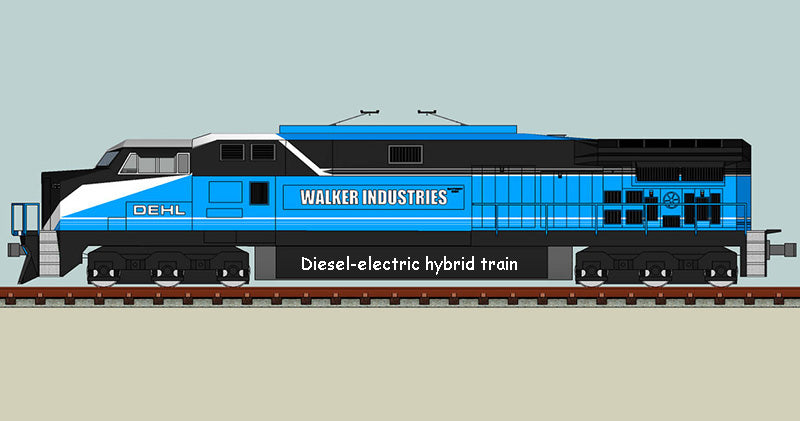
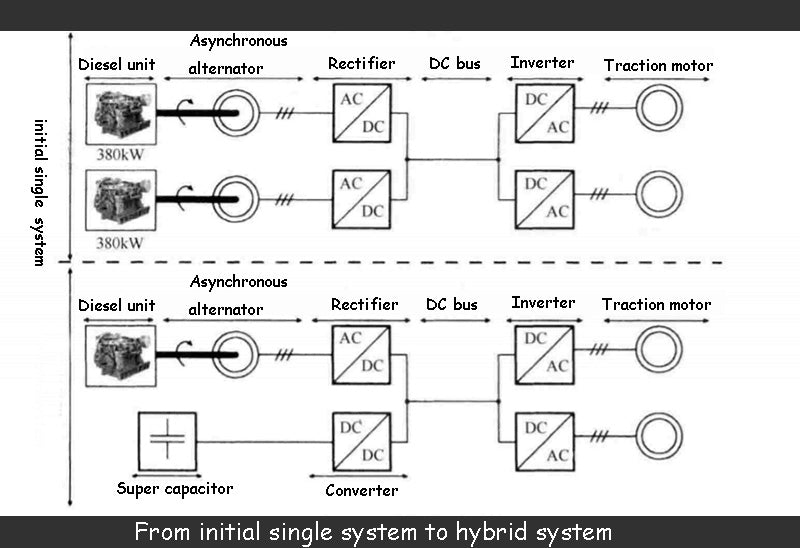
The study installed an array of supercapacitors on the train, as shown above, which can fulfill some or all of the train's fluctuating power demands. Indeed, the purpose of installing supercapacitors is to control diesel generators to work in "start-stop" mode. During the start-up phase, the diesel generator is maintained at rated operation, which provides optimum efficiency and reduces emissions. Not only that, the use of supercapacitor energy storage ensures the recovery of braking energy and improves the overall efficiency of the system.
The figure above shows the estimated energy storage of the supercapacitor required to meet the above requirements, and gives the direct impact of the energy storage on the installed capacity of diesel generators.
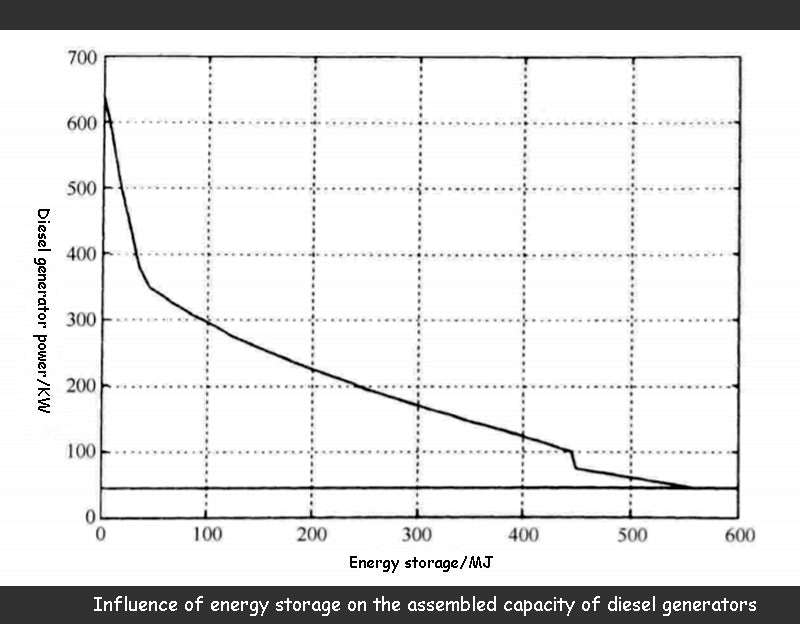
The reference point in the figure is the case with no stored energy (zero stored energy), which corresponds to the initially predicted diesel power (640kW). The extreme point in the curve illustrates such a situation: if the weight and volume allow the train to install a set of supercapacitors with a storage capacity of 550MJ, then it only needs to be equipped with a 45kW diesel engine to run normally. Sadly, this is almost impossible, as actual trains cannot accommodate such large supercapacitors.
An interesting applications of supercapacitor is that if the capacity of the supercapacitor bank is configured to be 45MJ, the corresponding diesel generator power will be halved, so one of the diesel generators in the original system shown in the train shown above can be used to generate electricity. The unit was replaced with a set of supercapacitors. This group of supercapacitors consists of 4900 cells, each with a parameter of 3000F/2.7V/0.29mΩ. The total weight of the supercapacitor bank is 2.7t and the volume is 2.3m3.
Through calculations and simulations, it was found that the benefits of doing so were a 44% reduction in diesel consumption and a 10-year payback for the investment costs associated with the supercapacitor energy storage system. Also note that the above calculations were made before gasoline prices exceeded $100 a barrel.
The last applications of supercapacitor illustrates applications related to supercapacitor charging. Due to the use of supercapacitors, the cruising range of the vehicle is shortened, and the on-board supercapacitor needs to be charged every time the vehicle stops at the stations distributed along the route on the fixed route it travels. Since the energy exchange process between the station and the on-board supercapacitor energy storage must be very fast, the required power must be huge (100~1000kW). During this short period of time (tens of seconds), energy can be provided by the supercapacitor inside the charging station. The supercapacitor in the station can be charged in the gap between two vehicles parked in succession, so that the charging time can be relaxed to a few minutes, so that the power absorbed from the grid will not exceed tens of kilowatts.
The applications of the supercapacitor above also illustrates a major role of the supercapacitor in the field of energy storage, that is, an energy buffer, limiting the power demand of the load on the main power supply.
Read more: How to calculate the capacity configuration of supercapacitor bank?
















